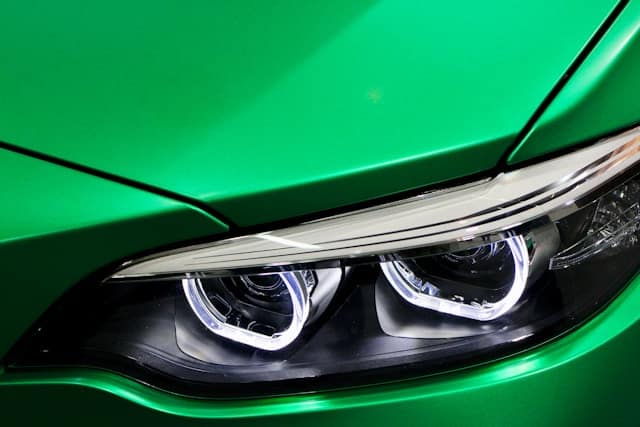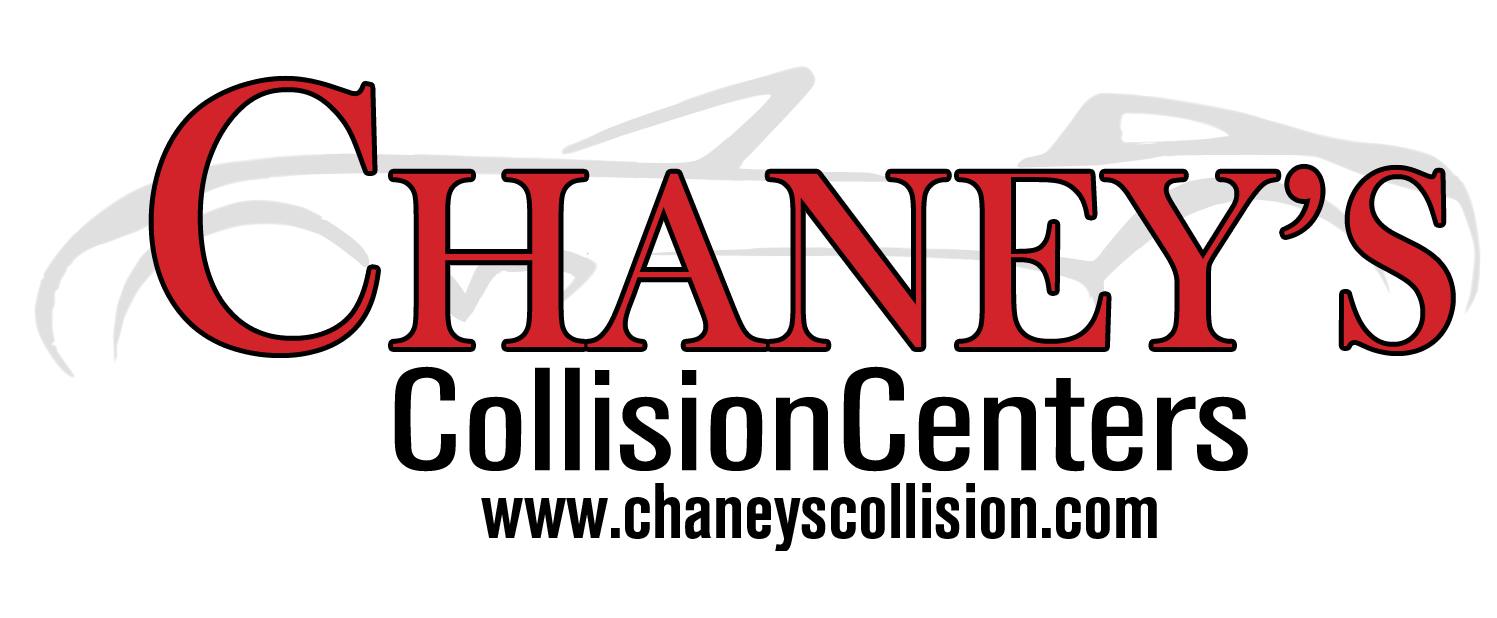How to Choose Between Touch-Up Paint and Full Repainting
 When your car’s exterior picks up the inevitable nick, scratch, or faded patch, figuring out whether to opt for touch-up paint or go all-in with a full repaint can be daunting.
When your car’s exterior picks up the inevitable nick, scratch, or faded patch, figuring out whether to opt for touch-up paint or go all-in with a full repaint can be daunting.
At Chaney’s Collision Centers, guiding customers through this choice is part of our daily mission. Understanding the differences—and what’s right for your vehicle—can protect its value, appearance, and longevity.
Understanding the Options
Touch-Up Paint
Touch-up paint involves applying a small amount of matching paint and clear coat to isolated imperfections. This approach is quick, cost-effective, and designed specifically for fixing minor chips, dings, or scratches when the surrounding paint is still in good condition. Common scenarios include:
- Rock chips from road debris
- Scratches from parking lot mishaps
- Tiny patches of paint loss that haven’t grown or affected adjacent panels
Full Repainting
A full repaint, or respray, gives your vehicle an all-over color refresh. This extensive process involves stripping old paint, repairing surface flaws, priming, refinishing with multiple coats, and sealing with a clear coat. Full repainting is recommended if your vehicle:
- Suffers from widespread paint fade or discoloration
- Shows large areas of bubbling, peeling, or deep scratches
- Has had significant repair work or been in a serious accident
- Needs a color change or prep for resale
Key Factors to Consider
Extent and Location of the Damage
- Minor, Isolated Damage: Go with touch-up paint for chips and scratches that are small, shallow, and contained.
- Widespread or Deep Damage: Opt for a full repaint if damage covers large surfaces, involves deep gouges, peeling, or multiple panels.
Age and Condition of the Existing Paint
- Newer Paint with Good Condition: Touch-ups can blend well and maintain a uniform appearance if the original paint is only a few years old and not significantly faded.
- Aged, Faded, or Multiple Touch-Ups: If the surface shows visible aging, a full repaint will provide a seamless color and sheen, restoring the entire look of the vehicle.
Color Matching and Uniformity
While modern touch-up kits help with color matching, sun exposure and time can make blending challenging. Touch-ups may appear more obvious on darker colors or glossy finishes, especially if the paint has faded. Full repainting guarantees uniform coverage and consistency.
Cost and Time
- Touch-Up Paint: Generally less expensive and much faster—ideal for quick fixes without requiring your car to be in the shop for long.
- Full Repainting: More costly due to labor and materials, but addresses underlying issues like rust or dents and provides a “like new” finish. Duration can range from a couple of days to over a week, depending on prep work and car type.
Long-Term Goals
Thinking of selling? A pristine paint job can boost a car’s resale value and curb appeal. However, for daily drivers with only minor blemishes, a touch-up might be just the ticket until a full overhaul is needed.
Professional Guidance
If you’re unsure, consult a reputable collision center. Experts at Chaney’s will assess the damage, color match with precision, and advise you on the most cost-effective, lasting solution for your car.
Conclusion
There’s no one-size-fits-all answer. Choosing between touch-up paint and a full repaint involves weighing damage extent, paint condition, cost, and your long-term plans. A careful evaluation—and the right professional help—ensures your vehicle looks its best, mile after mile.

